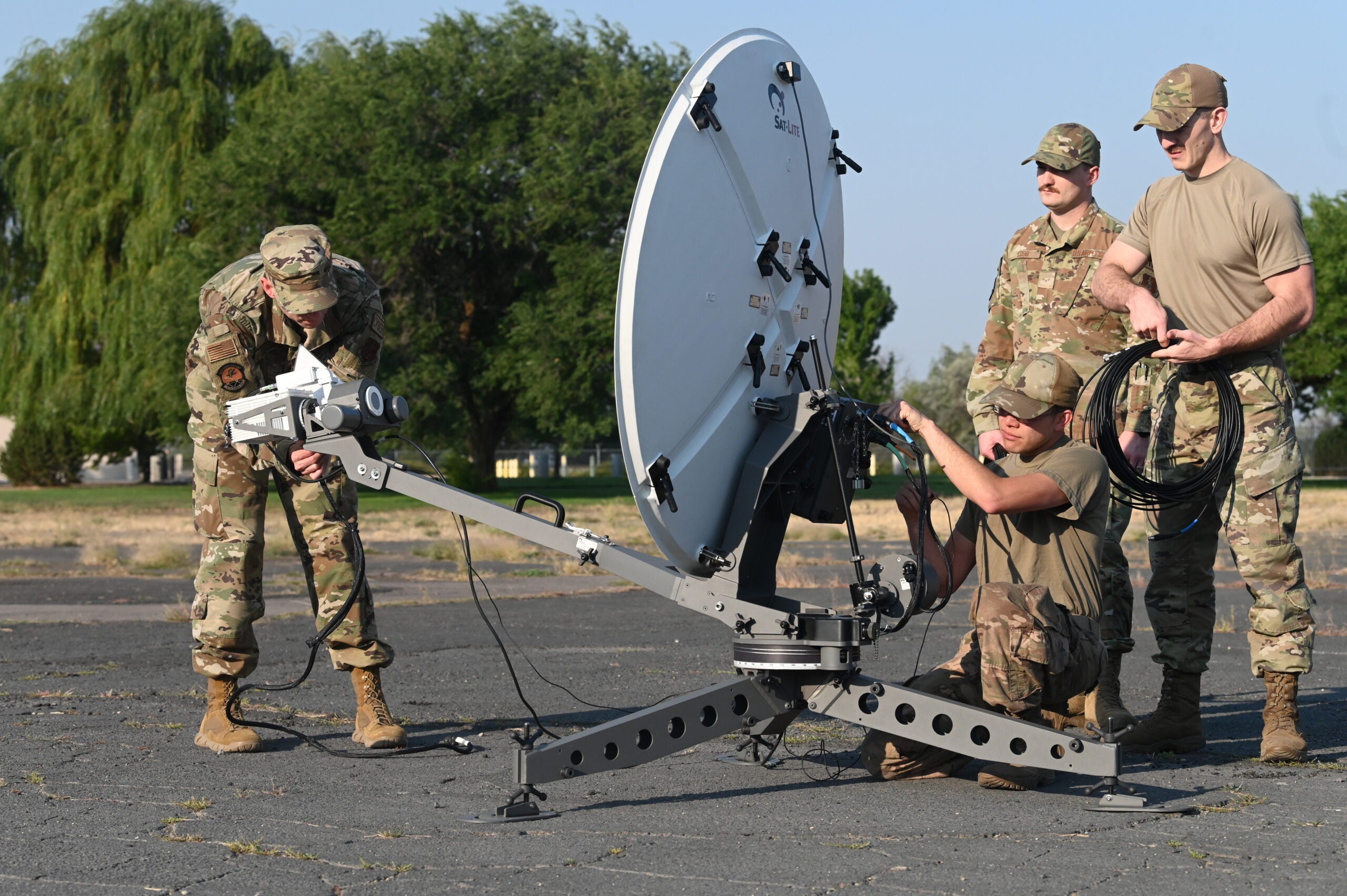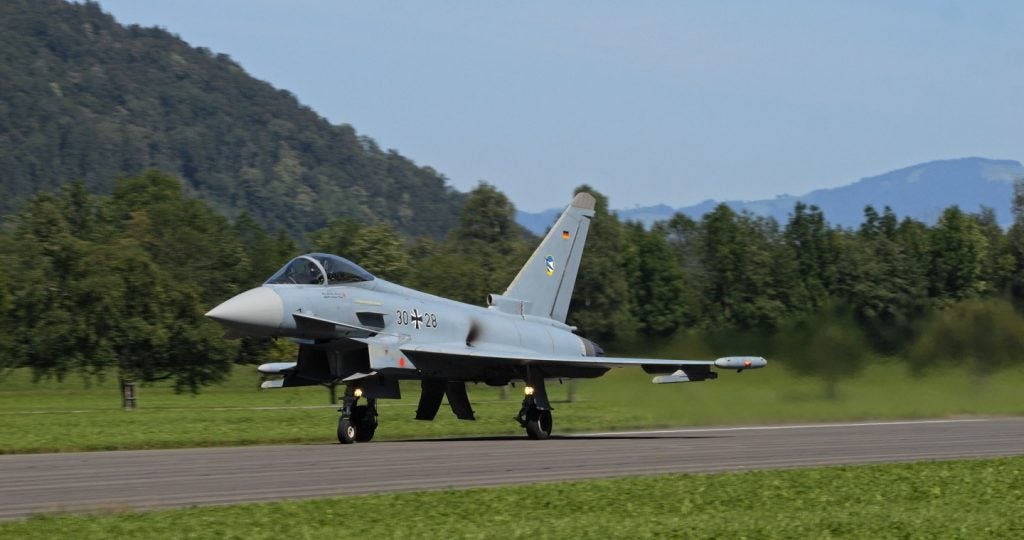
Airmen from the Oregon Air National Guard (ANG) together with their Army counterparts from Salem have carried out joint training to set up satellite communication capability.
Conducted on 10 September, the domestic operations skills training was performed to stand up the Joint Incident Sight Communication Capability (JISCC).
As part of the effort, the Oregon ANG’s 173rd Fighter Wing Communications Flight and the Army National Guard Salem practised setting up a radio tower and an internet satellite.
Deployed airmen and soldiers installed two main pieces of equipment to establish the JISCC.
It includes the satellite terminal and the multiband omnidirectional antenna.
The satellite terminal is meant to provide average commercial internet speeds in the area where it is installed. It can also communicate with any JISCC.
How well do you really know your competitors?
Access the most comprehensive Company Profiles on the market, powered by GlobalData. Save hours of research. Gain competitive edge.

Thank you!
Your download email will arrive shortly
Not ready to buy yet? Download a free sample
We are confident about the unique quality of our Company Profiles. However, we want you to make the most beneficial decision for your business, so we offer a free sample that you can download by submitting the below form
By GlobalDataOregon National Guard Army sergeant Christopher Brewer said: “The multiband omnidirectional antenna enables users to connect to ultra-high-frequency (UHF), very high-frequency (VHF) and 700 and 800 bands simultaneously.
“The goal is to set up in 45 minutes to one hour for an experienced team, which requires training like we’re doing today.”
After installation, a 12-panel solar system unit and generators were used for supplying power to the communication tools.
Besides, the 270th Air Traffic Control Squadron supplied battery storage for the solar unit.
The entire stand-up allows JISCC to operate in an austere environment during the day or night to provide crucial functions during disasters.
173rd Communications Flight commander captain Tracy Coon said: “Our goal is to have members that are trained and ready to go out the door, utilising domestic response capability of JISCC.
“If disaster strikes, we then have tools and Airmen needed to support emergency response efforts to enhance aid to citizens of Oregon.”






